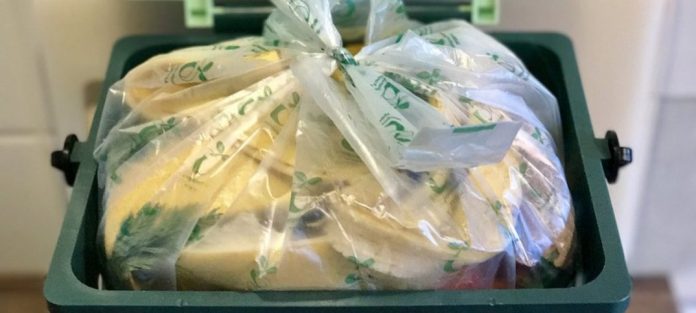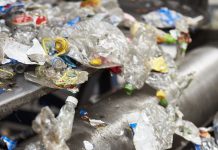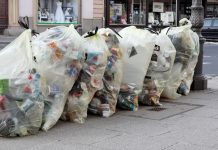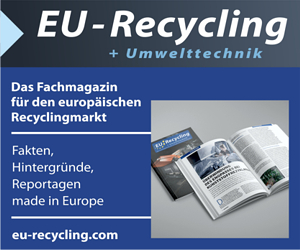European Bioplastics presented at the 17th EUBP Conference a positive outlook for the global bioplastics industry.
After a stagnation of the overall plastics production in 2020, mainly due to challenges posed by the Covid-19 pandemic, there is now a new momentum for global bioplastics production. Capacity of production is set to increase significantly from around 2.23 million tonnes in 2022 to approximately 6.3 million tonnes in 2027. The market data was compiled in cooperation with nova-Institute (Hürth, Germany).
“The positive development of bioplastics production capacity needs to be seen within the wider global context of a climate crisis, rising energy costs, and disrupted value chains. Yet, despite these challenges, bioplastics production capacity is growing. Once again, this shows the resilience and importance of our industry,” states Hasso von Pogrell, Managing Director of European Bioplastics (EUBP).
Bioplastic alternatives exist for almost every conventional plastic material and corresponding application
The global bioplastics production capacity is set to increase significantly from around 2.23 million tonnes in 2022 to 6.3 million tonnes in 2027. Bioplastic alternatives exist for almost every conventional plastic material and corresponding application. Due to a strong development of polymers, such as PHA (Polyhydroxyalkanoates), polylactic acid (PLA), biobased PAs (polyamides) as well as a steady growth of biobased Polypropylene (PP), the production capacity will continue to increase significantly and diversify within the next 5 years.
Packaging remains the largest field of application for bioplastics with 48 per cent (1 million tonnes) of the total bioplastics market in 2022. The data also confirms that bioplastic materials are already being used in many other sectors, and the portfolio of applications continues to diversify. Segments, such as automotive and transport, agriculture and horticulture as well as electrics and electronics continue to increase moderately in their relative share over the next years.
A fourth of the production capacity is still located in Europe
With a view to regional capacity development, Asia remains in its position as major production hub with slightly over 40 per cent of bioplastics currently being produced in that region. Presently, a fourth of the production capacity is still located in Europe. However, Europe’s share and the share of other world regions is expected to significantly decrease within the next five years. In contrast, Asia is predicted to have passed the 60 per cent by 2027. “We will see an impressive increase in bioplastics production over the next years. However, the big question is, does Europe still want to play a significant role in the world league of bioplastics or does it give up its leadership in the field of innovative sustainable materials? Investment into infrastructure as well as research requires the right political and economic framework conditions. Therefore, the European policymakers should make use of the many initiatives related to the European Green Deal to clearly acknowledge and promote biobased and compostable plastics,” says the Managing Director of EUBP.
“There is no competition between the renewable feedstock for food and feed and the production of bioplastics”
The land used to grow the renewable feedstock for the production of bioplastics is estimated to be 0.8 million hectares in 2022 and continues to account for only just over 0.01 percent of the global agricultural area of 5 billion hectares. Along the estimated growth of global bioplastics production in the next five years, the land use share for bioplastics will increase to still below 0.06 per cent. “In relation to the available agricultural area, this share is still minimal. Thus, there is no competition between the renewable feedstock for food and feed and the production of bioplastics,” says von Pogrell, “over 90 percent of the global agricultural area is used for pasture, feed, and food. This is also of crucial importance in the political debate regarding land used for biobased industries.”
Source: European Bioplastics






